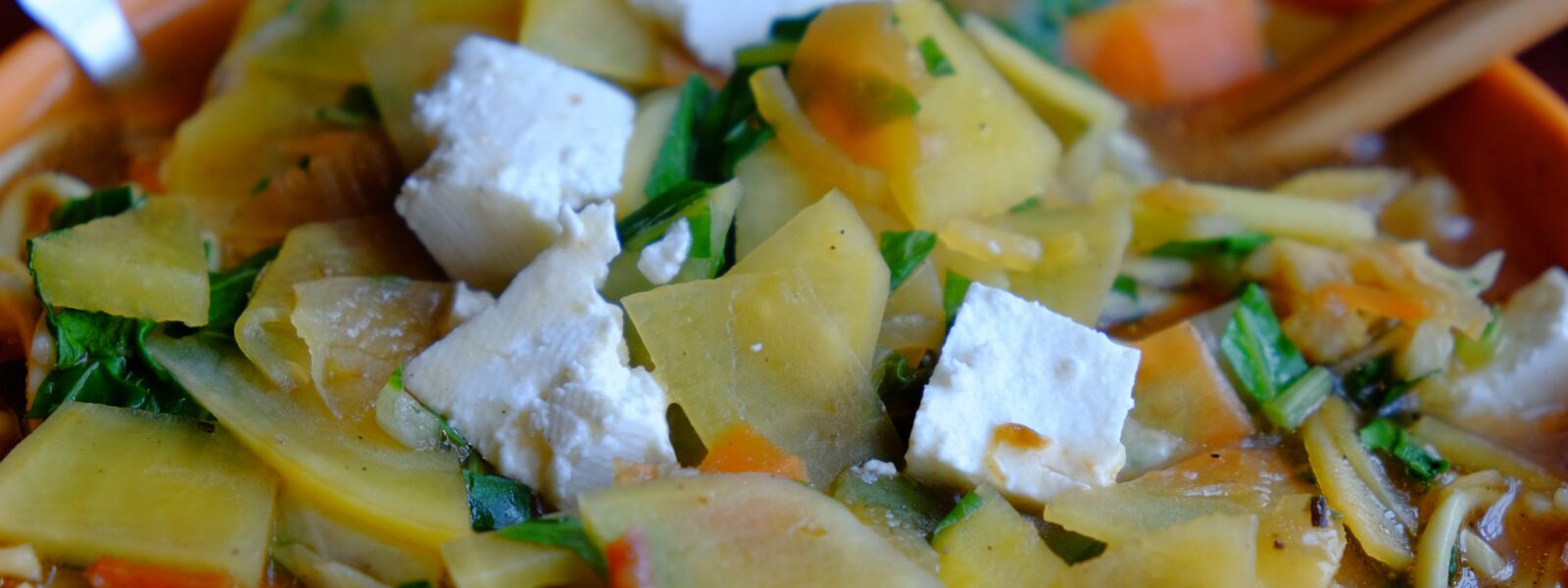Ladakhi cuisine is a beautiful blend of Himalayan flavors and centuries-old traditions, offering an experience that’s unique, sustainable, and deeply connected to the natural environment. Unlike other regional cuisines in India, Ladakhi food centers around ingredients that thrive in high-altitude, cold climates, such as barley, yak dairy, and local vegetables. In this article, we’ll explore these flavors, share traditional recipes, and uncover the health benefits that make Ladakhi cuisine one of a kind.
Introduction to Ladakhi Cuisine
A Unique Blend of Himalayan Flavors
Ladakhi cuisine has evolved in response to the harsh mountainous climate of the Himalayas. With an emphasis on locally sourced ingredients and hearty dishes, Ladakh’s food provides warmth and sustenance in cold conditions. Tibetan influences are also strong, with dishes like thukpa (noodle soup) and momos (dumplings) making regular appearances.
Ladakh’s Food Culture and Traditions
The people of Ladakh value food not only as sustenance but as a shared experience. Traditional meals are prepared to be hearty and nutrient-dense, featuring minimal spices and relying heavily on local ingredients. The use of organic farming methods is prevalent, reflecting the people’s respect for the environment. Food plays an important role in Ladakhi culture, especially during festivals and family gatherings.
Staple Ingredients in Ladakhi Cooking
Barley and Tsampa: The Foundation of Ladakhi Dishes
Barley is the lifeblood of Ladakhi cuisine. Known locally as Tsampa when ground into flour, barley forms the base of many dishes and is used in porridges, dumplings, and bread. Tsampa is highly nutritious, easy to store, and provides energy, which is essential for Ladakh’s cold weather.
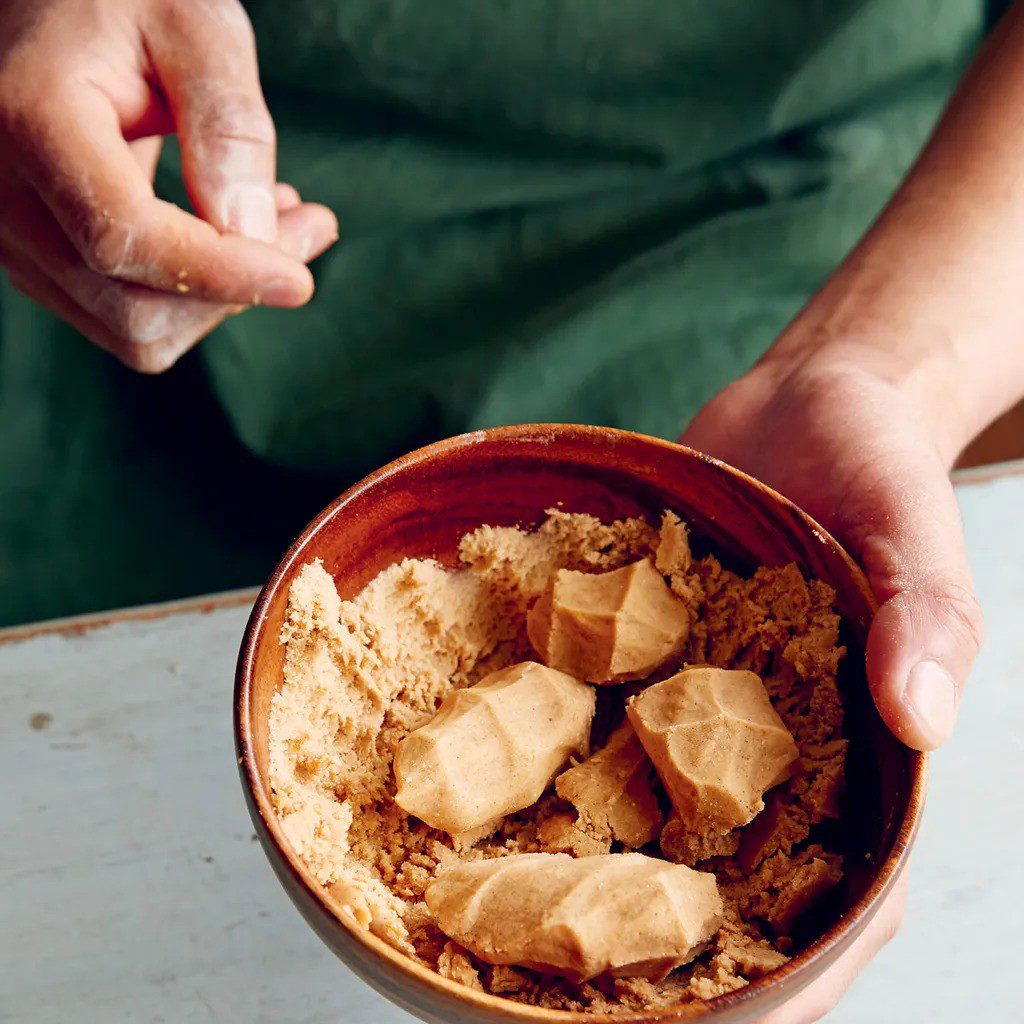
Recipe Tip: Try mixing Tsampa with hot water and butter for a quick energy boost. You can also add a touch of honey for sweetness.
Dairy Delights: Yak Milk, Butter, and Cheese
Yak dairy products are vital to Ladakhi diets, particularly yak butter and chhurpi (yak cheese). Yak butter is famously used in Gur Gur Cha (butter tea), a drink unique to high-altitude cultures. Chhurpi, meanwhile, is often eaten on its own or added to soups for a rich, creamy flavor.
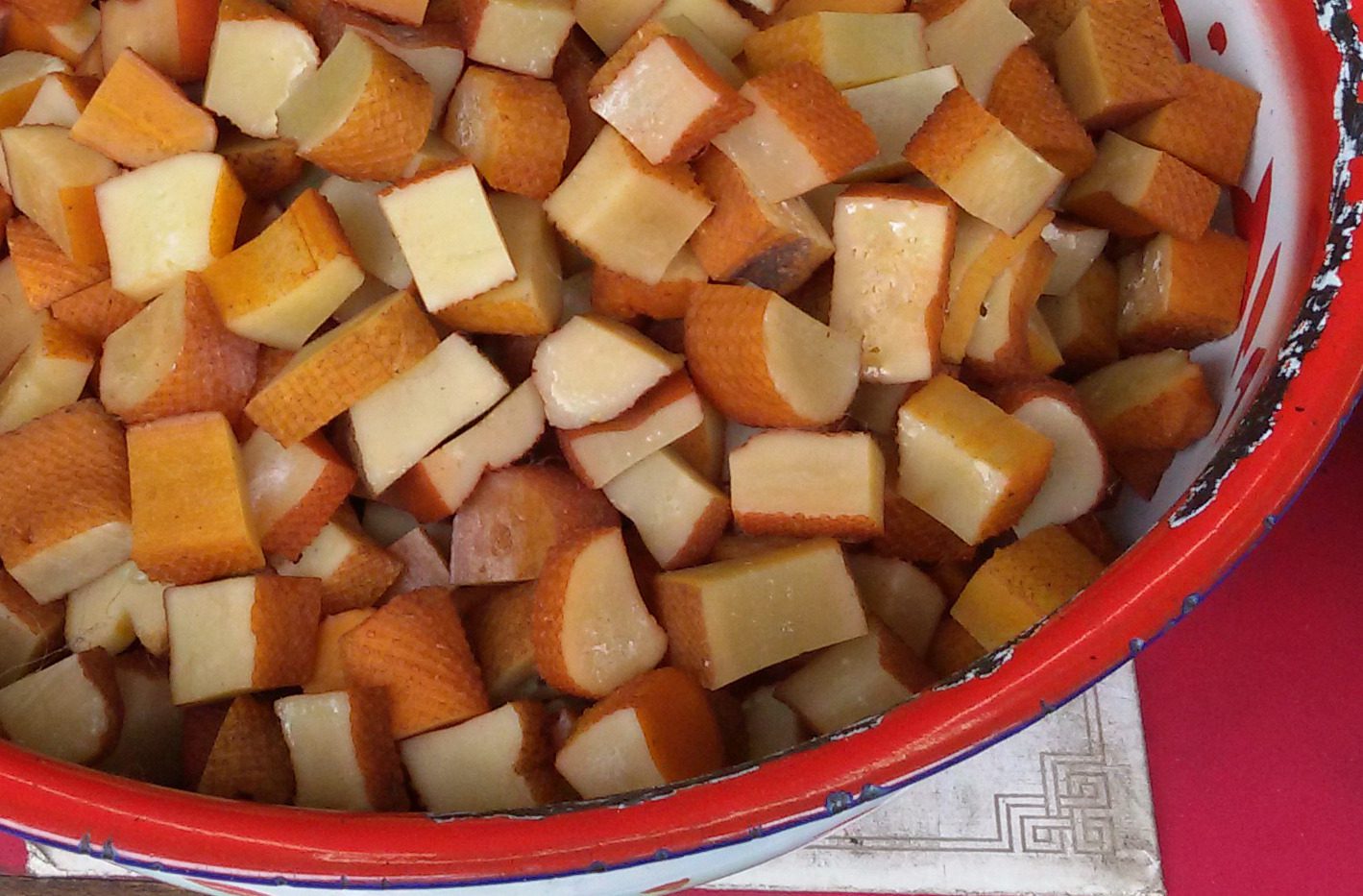
“I tried Ladakhi butter tea for the first time on my visit, and it was surprisingly comforting! The buttery, salty taste was new to me, but it’s perfect for the chilly weather.” – Emily Jackson, Travel Blogger, United Kingdom
Locally Sourced Vegetables and Herbs
Despite Ladakh’s cold climate, several hardy vegetables thrive here. Locally grown vegetables such as wild spinach, radishes, and turnips play a significant role in everyday dishes. Ladakh’s cuisine often includes unique mountain herbs, adding both flavor and medicinal benefits to dishes.
Fruits from the High Himalayas: Apricots and Sea Buckthorn
Ladakh is known for its apricots and sea buckthorn berries. Apricots are used in everything from desserts to oils, while sea buckthorn, rich in vitamins and antioxidants, is made into juices and jams. These fruits add a sweet touch to the otherwise savory Ladakhi palate.
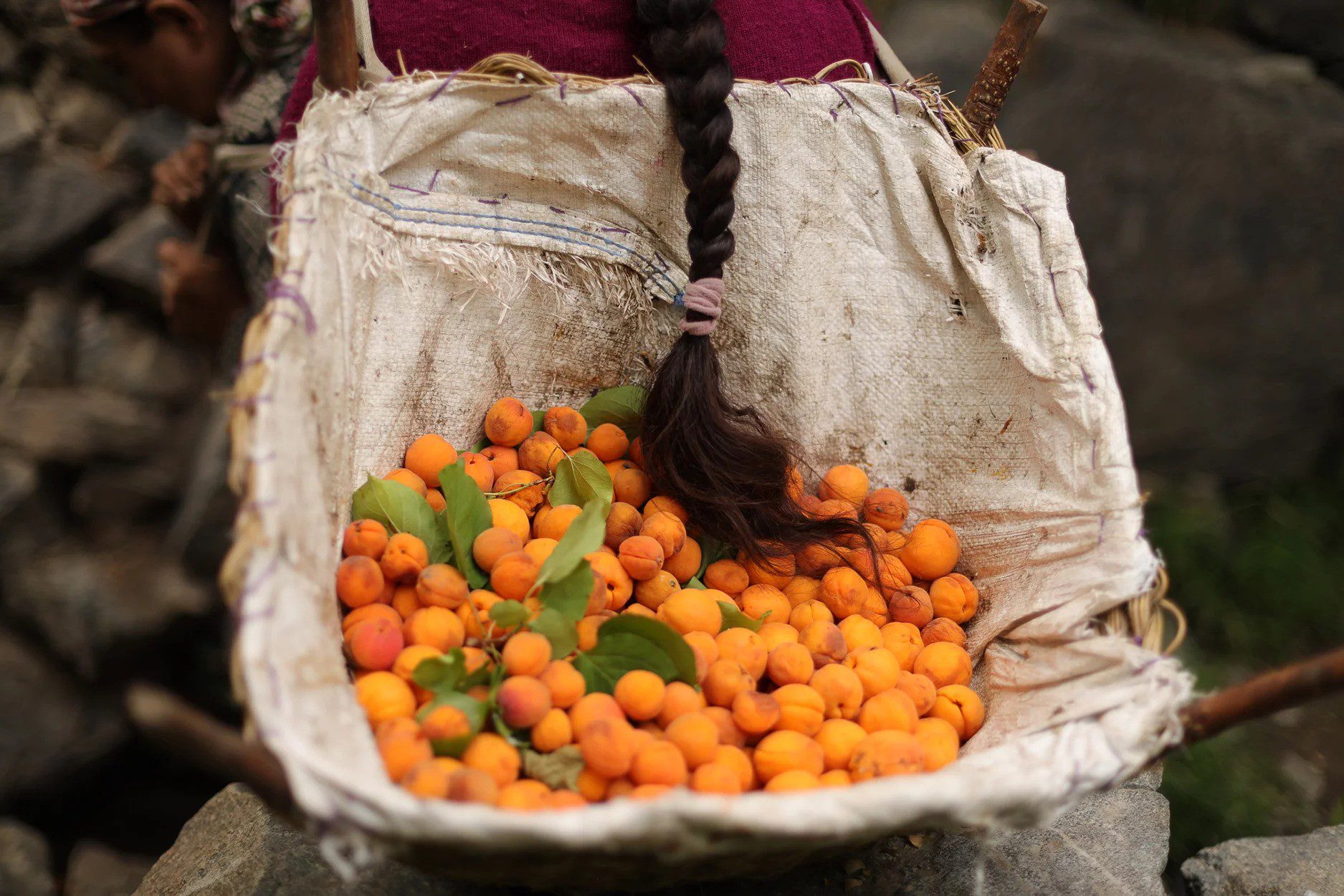
“I was amazed to see apricots growing in such a cold place! The dried apricots we tried were delicious and packed with nutrients.” – Liam T., Nutritionist, Australia
Traditional Ladakhi Recipes with Vegetables
Skyu: A Hearty Ladakhi Vegetable and Flour Dumpling Stew
Skyu is a quintessential Ladakhi dish made with small, doughy dumplings cooked in a stew with local vegetables and butter. This dish is rich, filling, and perfect for chilly days.
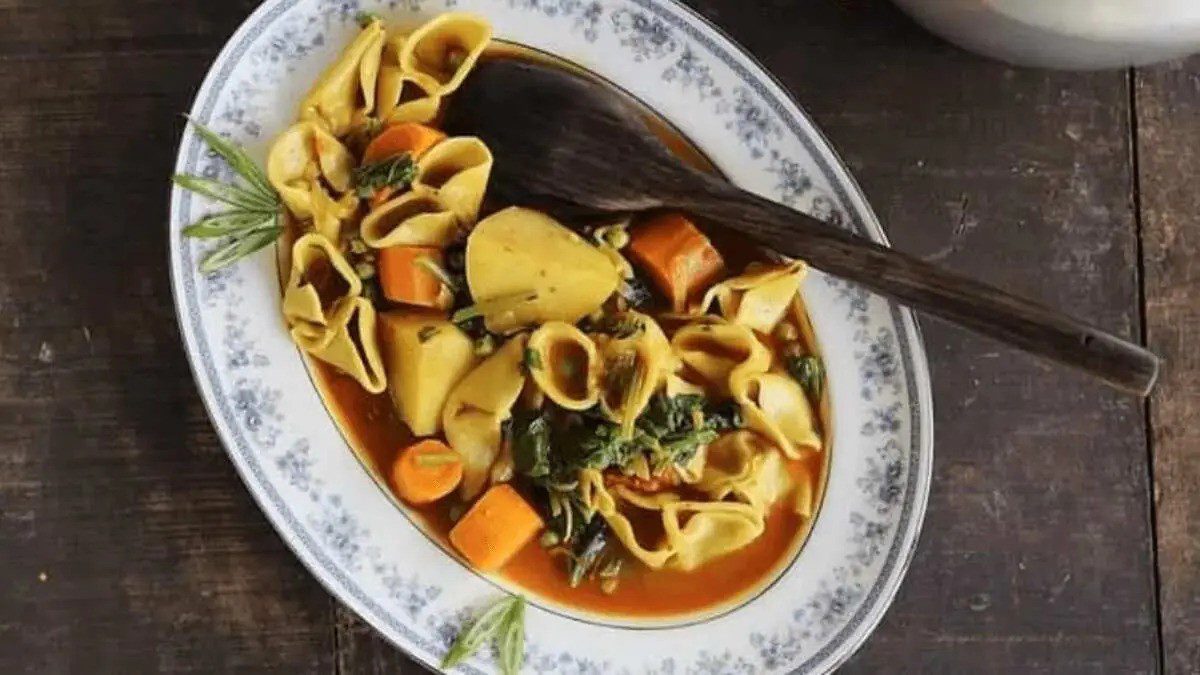
Ingredients:
- Flour dough (made from barley flour)
- Local vegetables (wild spinach, potatoes, radishes)
- Butter
- Salt and a pinch of mountain herbs
Instructions:
- Shape the dough into small dumplings.
- Boil them in water or broth with chopped vegetables and a bit of butter.
- Let it simmer until the stew thickens, then serve hot.
Thukpa: A Tibetan-Inspired Noodle Soup with Local Ladakhi Vegetables
Thukpa is a flavorful noodle soup that is widely popular across the Himalayas, especially in Ladakh. Adapted with Ladakhi vegetables, it’s a hearty meal that’s as nourishing as it is delicious.
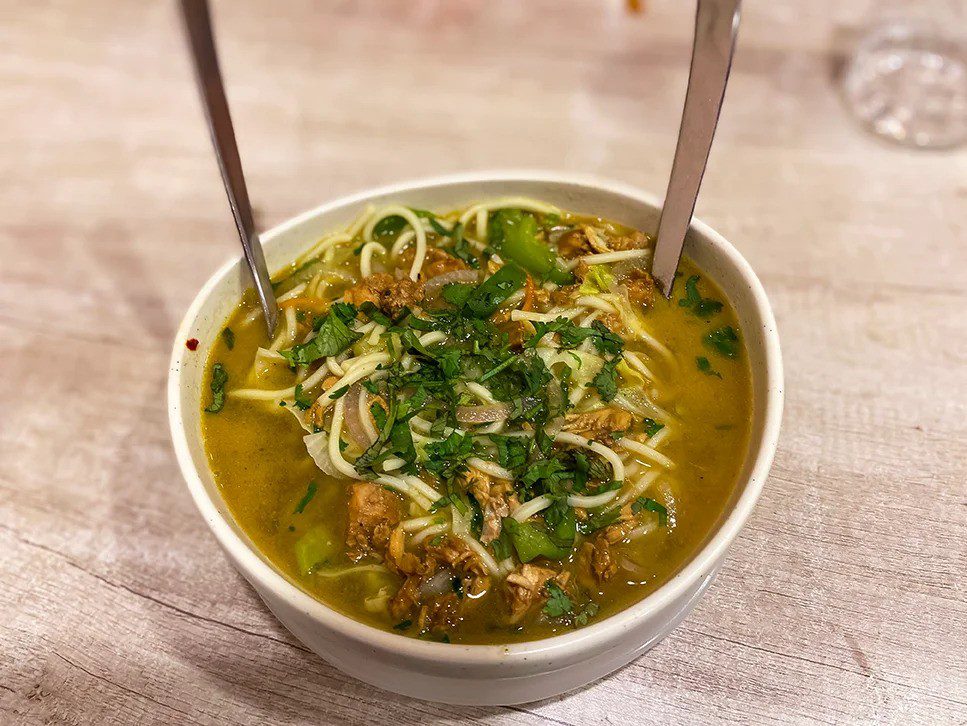
Ingredients:
- Noodles
- Chopped vegetables (carrots, radishes, potatoes)
- Spices and herbs (lightly seasoned)
- Optional: Chhurpi (yak cheese) for added richness
“I tried making Thukpa at home, and it brought back memories of Ladakh! It’s a simple yet delicious dish packed with flavors.” – Priya Nair, Culinary Enthusiast, India
Momos with Local Ladakhi Greens
Momos are dumplings filled with seasonal greens and local vegetables. While momos are found across Tibet and Nepal, Ladakh’s version often includes wild greens and sometimes yak cheese for added richness.

Dairy-Based Ladakhi Delicacies
Gur Gur Cha (Butter Tea): A Nourishing Ladakhi Beverage
Gur Gur Cha, or butter tea, is a staple in Ladakh, especially among the nomadic Changpa people. This tea is made by mixing strong black tea with yak butter and salt, creating a unique, creamy drink that provides both hydration and warmth.

“Butter tea was surprisingly soothing! I wasn’t sure about the salty taste at first, but it grew on me. Definitely something to try if you’re in Ladakh!” – Ryan Walsh, Teacher, Ireland
Chhang: Traditional Fermented Barley Drink
Chhang is a fermented drink made from barley, enjoyed during festivals and social gatherings. It’s mildly alcoholic and has a distinct taste, reflecting Ladakh’s ancient brewing traditions.
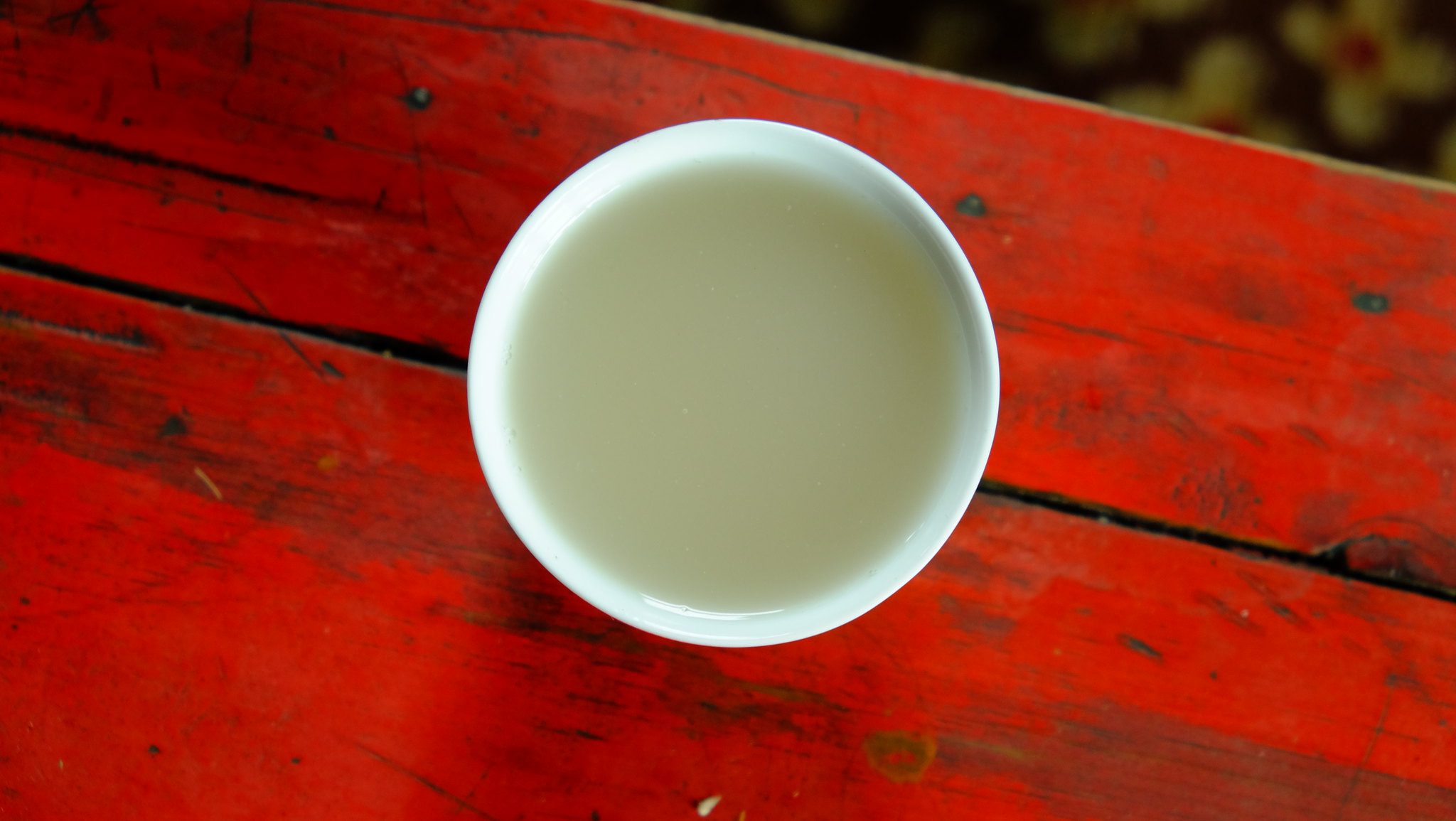
Dishes Featuring Yak Cheese (Chhurpi)
Yak cheese, or Chhurpi, is often used in soups or served fried as a snack. Its unique texture and rich flavor make it a prized ingredient in Ladakhi cuisine.
Unique Ingredients and Their Role in Ladakhi Cooking
Himalayan Spices and Herbs Used in Ladakh
While Ladakhi cuisine is generally mild, a few spices and herbs are key, such as juniper berries and mountain herbs. These flavors add a subtle aroma, enhancing the simplicity of each dish.
Apricot Oil: Ladakh’s Culinary Secret
Apricot oil, extracted from the region’s apricots, is used not only in cooking but also for medicinal purposes. Its mild flavor makes it a versatile addition to salads and drizzles.
Sea Buckthorn: Ladakh’s Nutritional Powerhouse
Sea buckthorn berries, unique to cold climates, are packed with vitamins C and E, making them a popular health drink. They’re also used in jams and preserves.

Preserving and Preparing Foods for the Ladakhi Winter
Traditional Food Preservation Techniques
In Ladakh, preserving food for winter is essential. Vegetables are dried, and meat is preserved with salt. This allows families to enjoy nutritious foods even in the depths of winter when fresh produce is scarce.
Dishes Prepared During Ladakhi Winter Festivals
Winter festivals in Ladakh feature unique dishes, such as butter tea and sweet pastries made with apricot flour, celebrating the season with warmth and abundance.
How to Cook Authentic Ladakhi Dishes at Home
Essential Ingredients to Have for Ladakhi Recipes
If you’d like to try cooking Ladakhi dishes at home, make sure to have barley flour, dried yak cheese, butter, and apricot oil. These key ingredients capture the essence of Ladakhi flavors.
Cooking Techniques from Ladakh
Ladakhi cooking often involves slow-cooking methods and the use of wood-fired stoves, which enhance the flavors and aroma. Try simmering your soups and stews for extended periods to replicate the taste of the mountains.
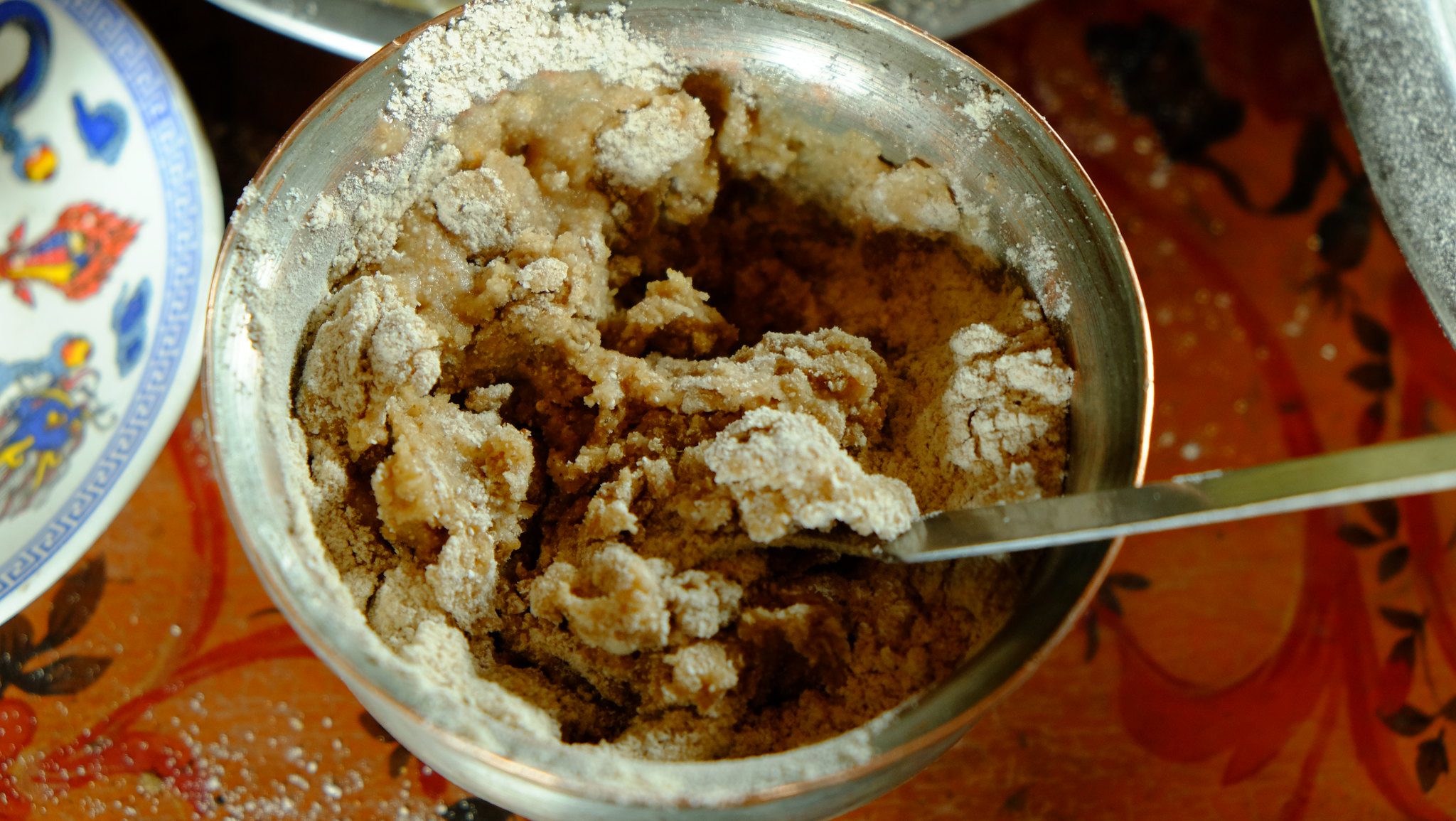
Nutritional and Health Benefits of Ladakhi Foods
Nutrient-Rich Ingredients from High Altitudes
The vegetables and fruits grown in Ladakh’s high-altitude climate are rich in antioxidants and nutrients, contributing to a balanced diet. Ingredients like sea buckthorn and wild spinach are packed with vitamins that aid in resilience against the cold.
How Ladakhi Cuisine Supports a Sustainable Lifestyle
Ladakhi cooking is rooted in sustainability. From using organic farming methods to embracing seasonal ingredients, Ladakhi cuisine is a model of eco-friendly living.
“Learning about Ladakhi food culture has inspired me to focus more on local ingredients and sustainable practices.” – Anna M., Environmental Scientist, Canada
Ladakhi Cuisine and its Global Influence
Growing Popularity of Himalayan and Ladakhi Foods Worldwide
With the rise of global interest in health and wellness, Ladakhi cuisine has captured attention. Dishes like Thukpa and butter tea are now enjoyed beyond the borders of Ladakh, celebrated for their simplicity and nutritional value.
Ladakhi-Inspired Dishes in Modern Cooking
Incorporating Ladakhi ingredients like yak cheese or apricot oil into modern dishes can offer a delightful fusion of flavors. Try adding apricot oil to salads or using barley flour in homemade bread for a Ladakhi touch.
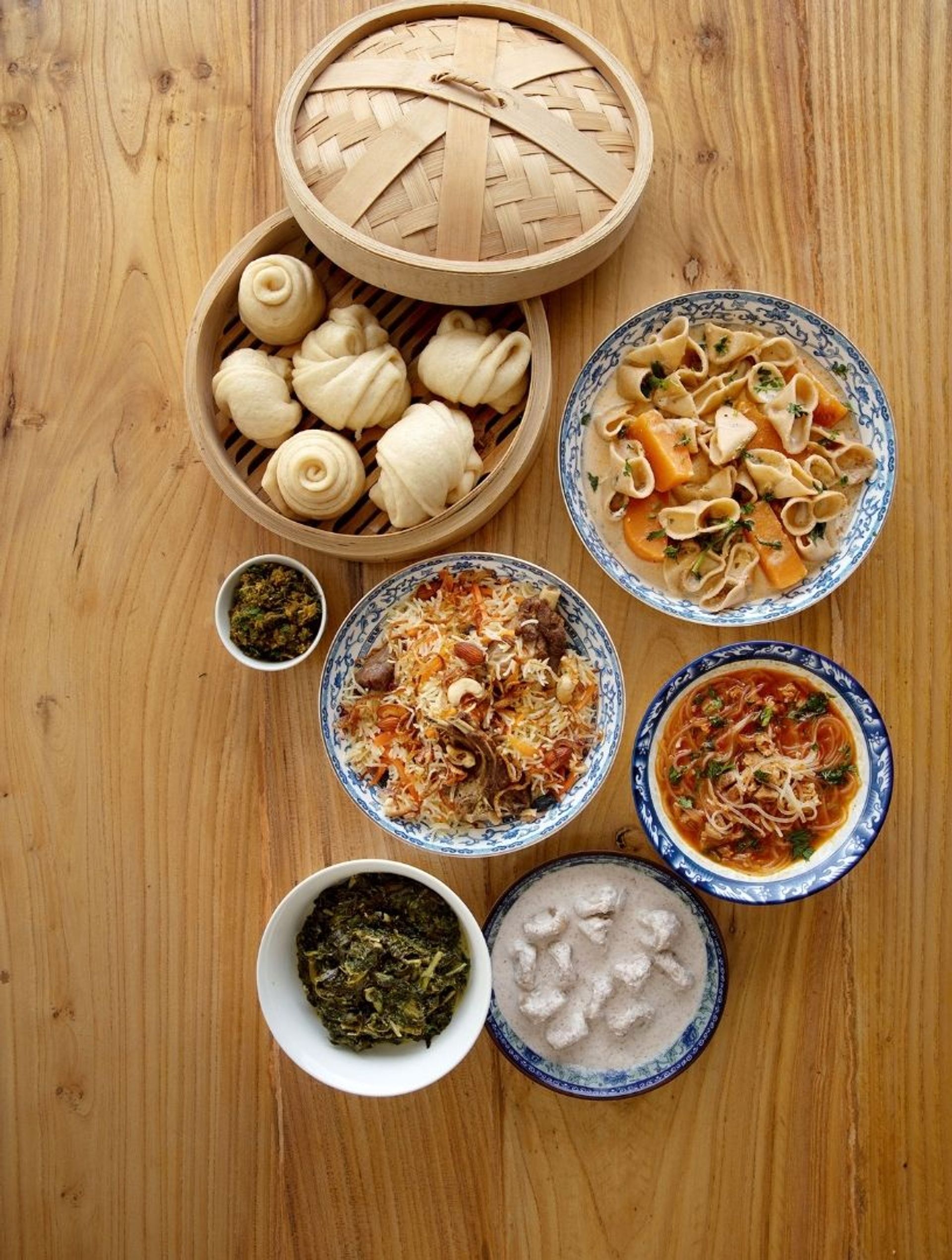
Frequently Asked Questions about Ladakhi Cuisine
Q: What are the most popular Ladakhi dishes?
A: Ladakhi cuisine is known for dishes like Skyu, Thukpa, momos, and butter tea.
Q: Can Ladakhi recipes be made with ingredients available outside Ladakh?
A: Yes, many recipes can be adapted using similar ingredients like regular butter for yak butter.
Q: How does high-altitude cooking affect Ladakhi recipes?
A: High-altitude cooking requires adjustments in temperature and cooking time, adding depth to stews and soups.
Q: What makes Ladakhi cuisine different from other Himalayan cuisines?
A: Ladakhi cuisine is less spicy and relies on natural flavors, focusing on warming and nutritious ingredients.
Q: Are there vegetarian options in Ladakhi cuisine?
A: Yes, many Ladakhi dishes are vegetable-based, making them ideal for vegetarian diets.
Conclusion
Ladakhi cuisine is a window into the rich culture and resilience of the people of Ladakh. From butter tea to barley stews, every dish tells a story of tradition, sustainability, and warmth. Trying these recipes or sourcing Ladakhi ingredients is an excellent way to bring a taste of the Himalayas to your kitchen.

